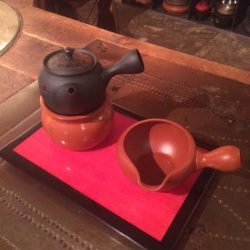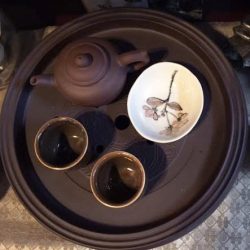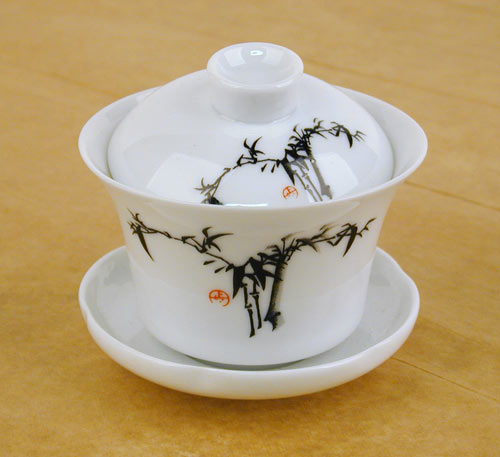This summer we have had some intense heat waves here in Portland so it has been perfect weather to explore different styles of iced tea. Lately we’ve been drinking Terere, or iced Yerba Mate, which is popular in South American countries such as Argentina, Brazil, and Paraguay.
In the video below, Cinthia gives an introduction to brewing Terere. The method is quite similar to brewing Yerba Mate hot. If you haven’t yet seen our guide to brewing Yerba Mate, which also features some information about the social and cultural practice of drinking Mate, check it out here.
Recipe:
- Fill your cup about 1/2 full with our Mate Mint blend.
- Tip the cup to position the Mate against the side of the cup. Place your bombilla against the bottom of the cup so that it is not resting on top of the Mate.
- Add ice water infused with lime and fresh mint.
- As with hot Yerba Mate, the person who prepares the Mate drinks the first cup, then prepares it for their companions.
- The Mate leaf can be reused several times — just keep adding water!
Featured in this video:
- Mate Mint: Hand-blended Organic Green Argentinian Mate and cooling spearmint leaves. A cool, minty aroma and smooth, herbaceous flavor.
- Bombilla: The filtered straw used for drinking Yerba Mate.
Some alternative recipe ideas:
- Try preparing terere with our other mate offerings.
- Prepare your terere with cold orange or grapefruit juice instead of ice water.
- Add herbs such as fennel, lemon balm, coriander or chamomile: put fresh herbs into your water, or blend dried herbs with the Mate leaf.
- Prepare terere in a French press, or cold brew it overnight.
Let us know what delicious recipes you come up with!


